Template letter for homeschooling
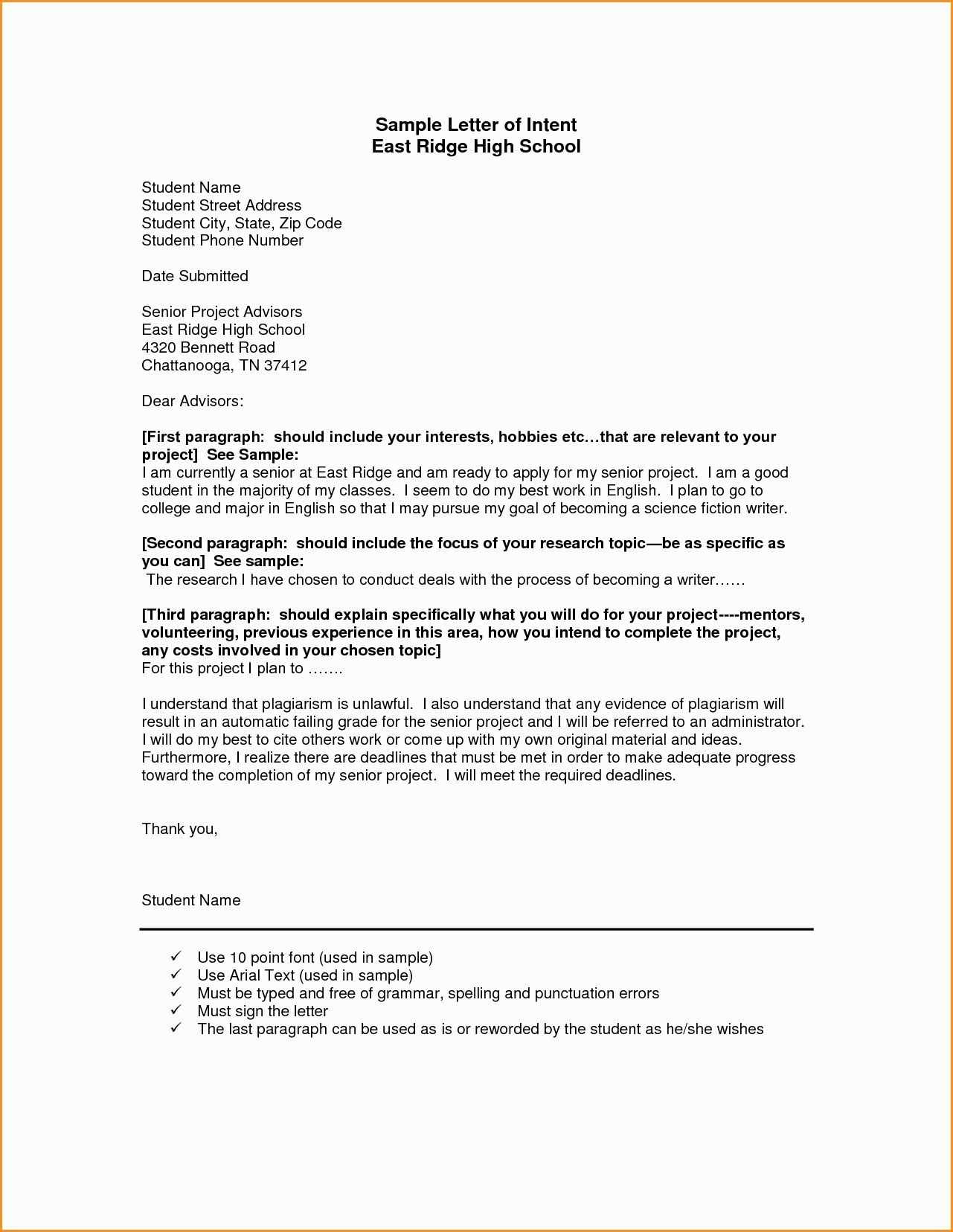
If you plan to start homeschooling, a well-structured letter to your local school district is an important first step. The letter should include key information about your intent, your educational approach, and your child’s details. This formal communication ensures that you meet the legal requirements and sets a clear foundation for your homeschooling journey.
Begin with a clear declaration of your intent to homeschool. Include your full name, your child’s name, and their date of birth. Specify the grade level and any other pertinent educational information to help the district understand your child’s current academic standing.
Outline the homeschooling plan, mentioning the subjects you will cover and the resources you plan to use. Provide a brief overview of the curriculum and your approach to assessment and record-keeping. This shows that you are prepared and serious about your child’s education.
Finish by confirming your understanding of local regulations. Make sure to mention that you are aware of the state’s homeschooling laws and that you plan to comply with them. Offer to provide any additional documentation if requested, and express your willingness to cooperate with the district throughout the process.
Template Letter for Homeschooling

Use this template to officially inform the appropriate education authority about your decision to homeschool your child. This ensures that you meet all legal requirements and keep everything documented.
Template Letter
Date: [Insert Date]
Dear [Insert Name of Education Authority],
I am writing to inform you that I have decided to homeschool my child(ren), [Child’s Full Name(s)], currently enrolled at [Name of School] in [Grade Level(s)]. This letter serves as my formal notification in compliance with [State or Local] homeschooling regulations.
The reason for homeschooling is [briefly state the reason]. I will provide a curriculum that aligns with state standards and covers core subjects such as [list subjects]. All materials used will be age-appropriate and customized to support my child(ren)’s educational needs.
Please let me know if any additional documentation or steps are required to complete this process. I look forward to your confirmation and any further instructions regarding the homeschooling process.
Thank you for your time and attention. You may reach me at [Phone Number] or [Email Address] for any further information or questions.
Sincerely,
[Your Full Name]
[Your Address]
[Phone Number]
[Email Address]
Next Steps
After submitting the letter, monitor any responses from the education authority. Stay informed about any further requirements and ensure that all educational materials and activities meet local homeschooling laws.
How to Address Your Letter to Local Authorities
Begin your letter by clearly identifying the recipient. Address the local authority by their official title. If you know the specific department, include it to ensure your letter reaches the appropriate individual or team.
Sample Salutations
Here are a few examples of how you can address your letter:
| Recipient | Salutation Example |
|---|---|
| School District Official | Dear [Title] [Last Name], |
| Local Education Authority | Dear [Title] [Department Name], |
| Board of Education | Dear Members of the Board, |
Clarifying Your Intentions
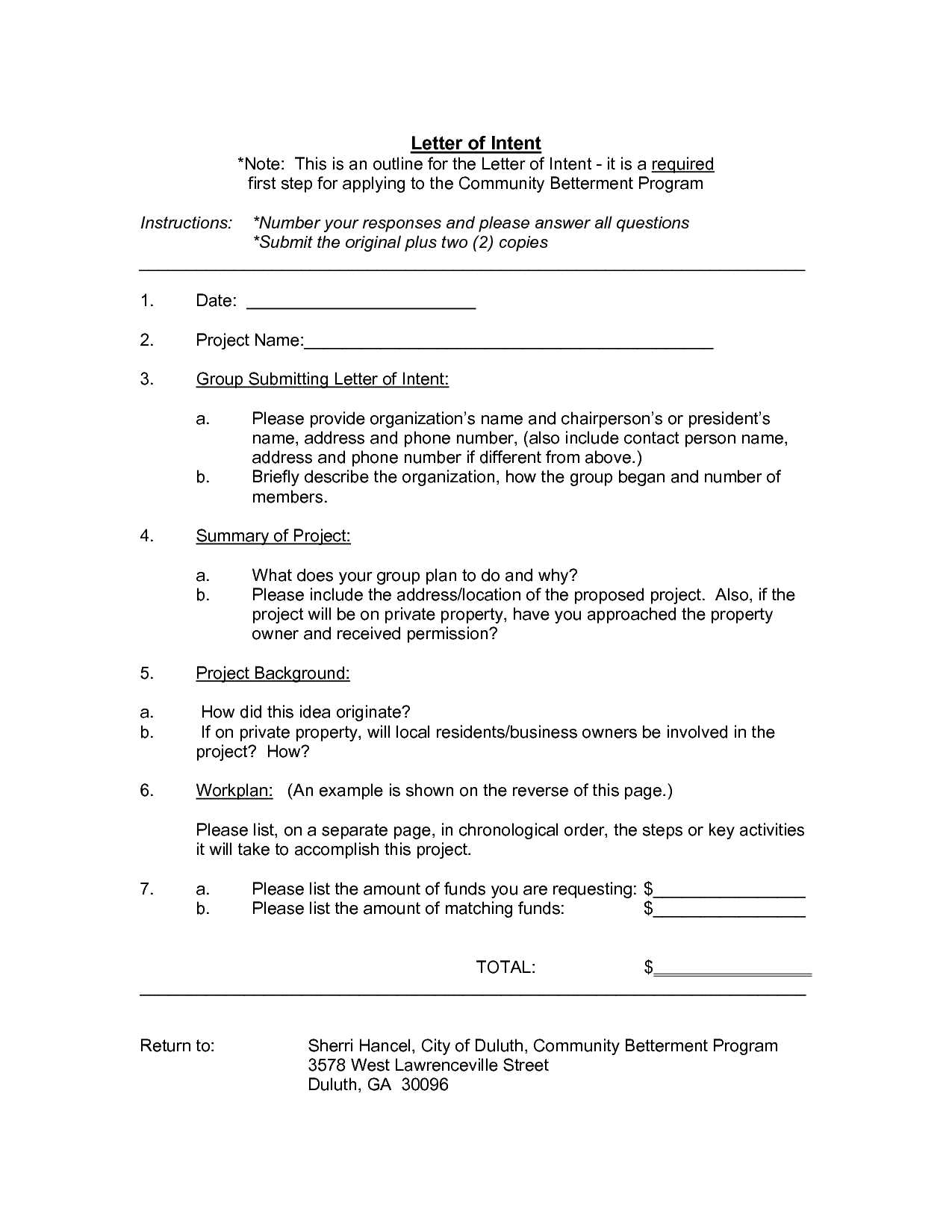
State your reason for contacting them right at the start. This can be as simple as: “I am writing to notify you of my intent to homeschool my child.” If relevant, mention the specific regulations or guidelines you are following. This makes your letter clear and to the point.
Key Information to Include in Your Homeschooling Request
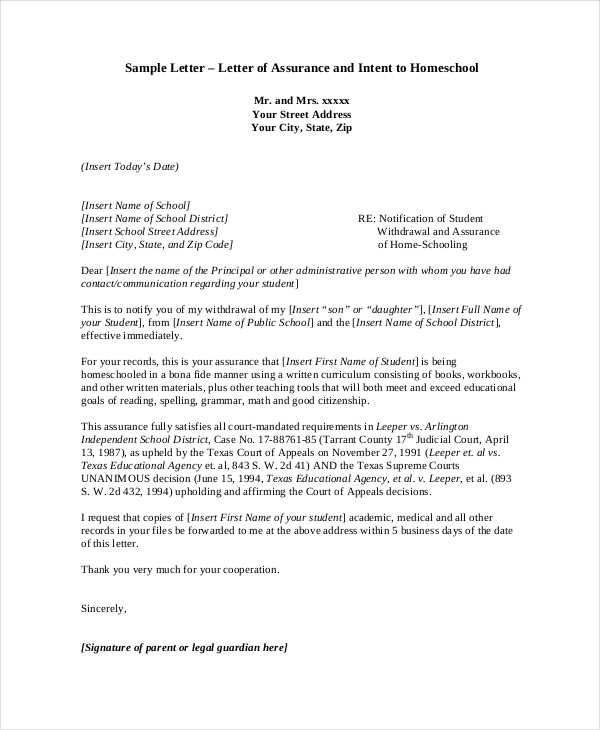
Clearly state your intent to homeschool. Specify the reason for choosing homeschooling over traditional schooling. Include details about the educational approach you plan to follow, whether it’s a specific curriculum or a more flexible, unschooling method.
Parent Qualifications
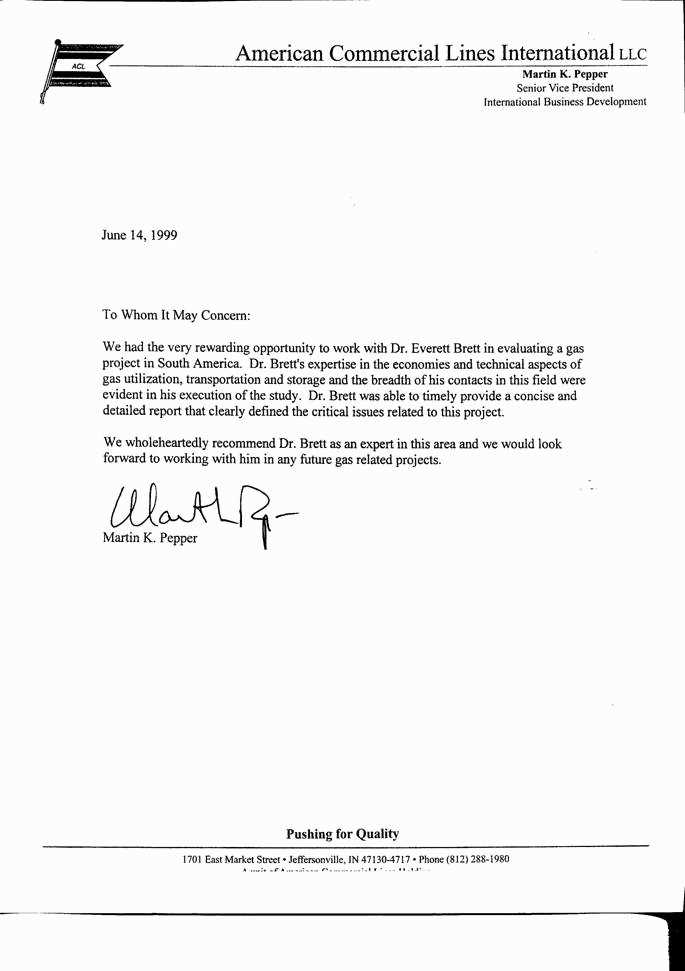
Provide information about your qualifications or experience to teach. This could include your educational background, any relevant certifications, or teaching experience. If you’re new to homeschooling, outline your plans for gaining the necessary skills, such as through courses or support groups.
Learning Plan
Share your proposed learning plan, highlighting the subjects you will cover and any particular goals for the child. Include the materials you intend to use, whether they’re textbooks, online resources, or other teaching tools. It’s helpful to show how your plan aligns with local educational standards.
Lastly, include the duration and frequency of your homeschooling. Mention if you plan to follow a traditional school year schedule or if you’re choosing a more flexible timeframe. Be clear about your commitment to providing a structured learning environment for your child.
How to Specify the Education Plan for Your Child
Define clear academic goals for your child. List subjects, specific skills to be developed, and the milestones you want to achieve over the year. Break these down into monthly or weekly objectives to make progress measurable.
Choose the teaching methods that suit your child’s learning style. Whether it’s hands-on activities, projects, reading assignments, or online courses, tailor your plan to ensure your child stays engaged and motivated.
Determine the resources you’ll need. Identify textbooks, online platforms, local tutors, or educational tools that align with your goals. Make sure they are age-appropriate and cater to your child’s strengths and areas for growth.
Incorporate assessments into your plan. Use tests, quizzes, essays, or practical projects to monitor your child’s progress. Be flexible and adjust the plan based on these results to address any challenges early.
Include time for extracurricular activities that contribute to your child’s development, such as sports, music, or community involvement. These experiences support a well-rounded education and enhance learning beyond traditional subjects.
Providing Proof of Qualifications and Experience
Include a copy of your highest educational qualification, such as your degree or diploma. Make sure the document is clear and legible, showing the institution’s name, your name, and the completion date. If applicable, provide additional certifications or training that are relevant to homeschooling, such as teaching qualifications or specialized courses in child development.
If you have prior experience in education, include any teaching positions you have held. Provide a summary of your role, highlighting the subjects you taught, the age group you worked with, and the duration of your employment. Be specific about the responsibilities you managed, such as curriculum development or student assessments.
For homeschooling, provide evidence of your ability to create and implement lesson plans. If you’ve already started homeschooling, share examples of lesson outlines, student work, and assessments that demonstrate your teaching approach. Documentation such as a portfolio or progress reports can also help showcase your experience and commitment.
Letters of recommendation or references from previous employers, supervisors, or colleagues in the education field can also strengthen your application. These references should outline your teaching skills, dedication, and effectiveness in a learning environment.
Always ensure the proof you provide is current, accurate, and clearly presented. This will help establish your qualifications and experience, allowing the homeschooling application to move forward smoothly.
Setting the Timeline for Starting Homeschooling
Choose a start date that gives you enough time to prepare your materials, plan the curriculum, and set up a conducive learning environment. Aim for a date at least a few weeks ahead to ensure a smooth transition.
Factors to Consider
- Availability of Resources: Account for the time needed to gather textbooks, online materials, and supplies. Order early to avoid delays.
- Legal Requirements: Some regions require you to submit paperwork or notify the school district before starting homeschooling. Check your local regulations and factor in time for any legal processes.
- Family Schedules: Consider vacations, holidays, or any family events that might interfere with a focused start. Adjust accordingly.
Setting Realistic Milestones
- Curriculum Planning: Spend the first few weeks outlining the subjects, daily schedule, and expectations. Break the process into manageable chunks, aiming for completion a few weeks before your start date.
- Trial Period: Consider testing out your homeschooling setup a few days before your official start. This gives you time to make adjustments based on how smoothly things go.
Stick to your timeline but remain flexible. Starting homeschooling on the right foot is all about being organized and prepared.
How to Follow Up and Stay in Compliance
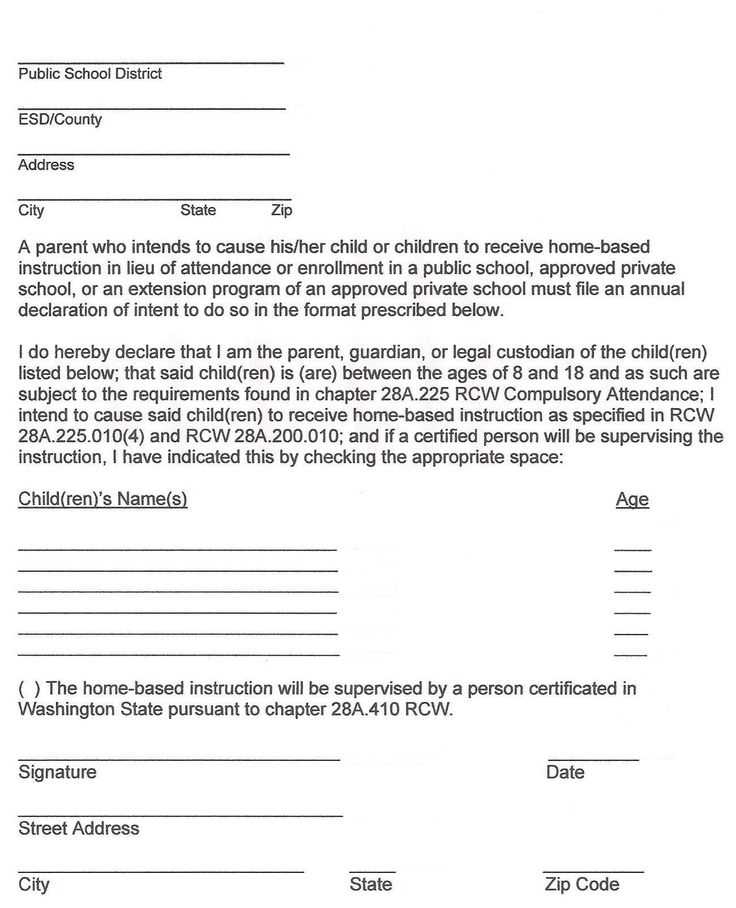
To stay in compliance with homeschooling regulations, set regular check-ins with the local school district or relevant authority. Ensure you are meeting deadlines for submitting required documentation, such as progress reports or annual assessments. Keep a well-organized file with all necessary forms, communications, and records to demonstrate compliance during any audits or evaluations.
Maintain open communication with your homeschooling advisor or support network. They can provide updates on any changes in local laws or requirements. Regularly review state or district guidelines to ensure your curriculum and educational plans align with any legal requirements, such as required subjects or instructional hours.
Stay on top of required assessments, whether standardized tests or portfolio reviews. Set a reminder system to ensure you submit evaluations on time. If your state mandates a notice of intent to homeschool, be sure to submit it on schedule. Verify that your child’s educational progress aligns with the expectations of your state or local district.